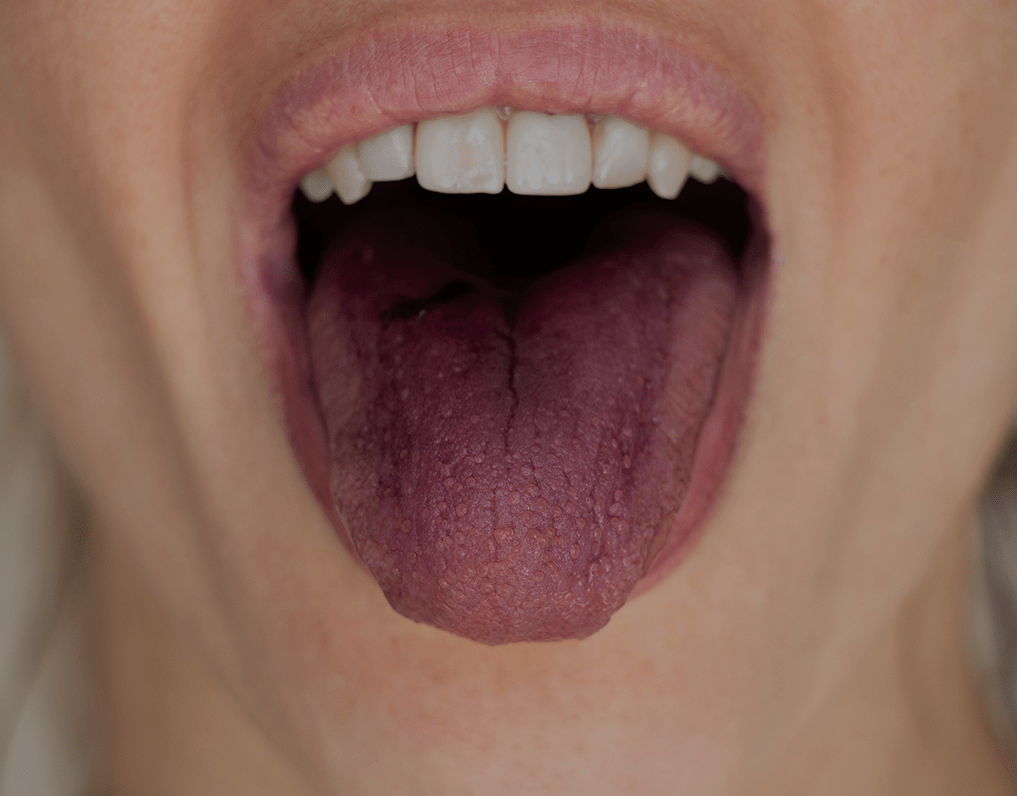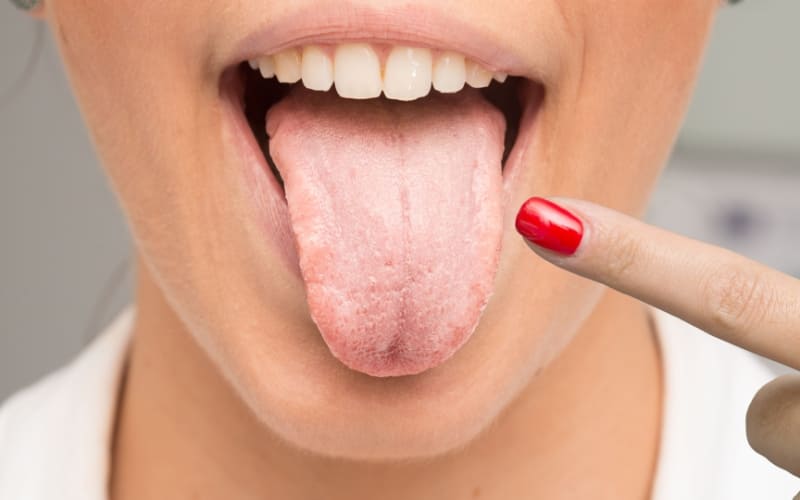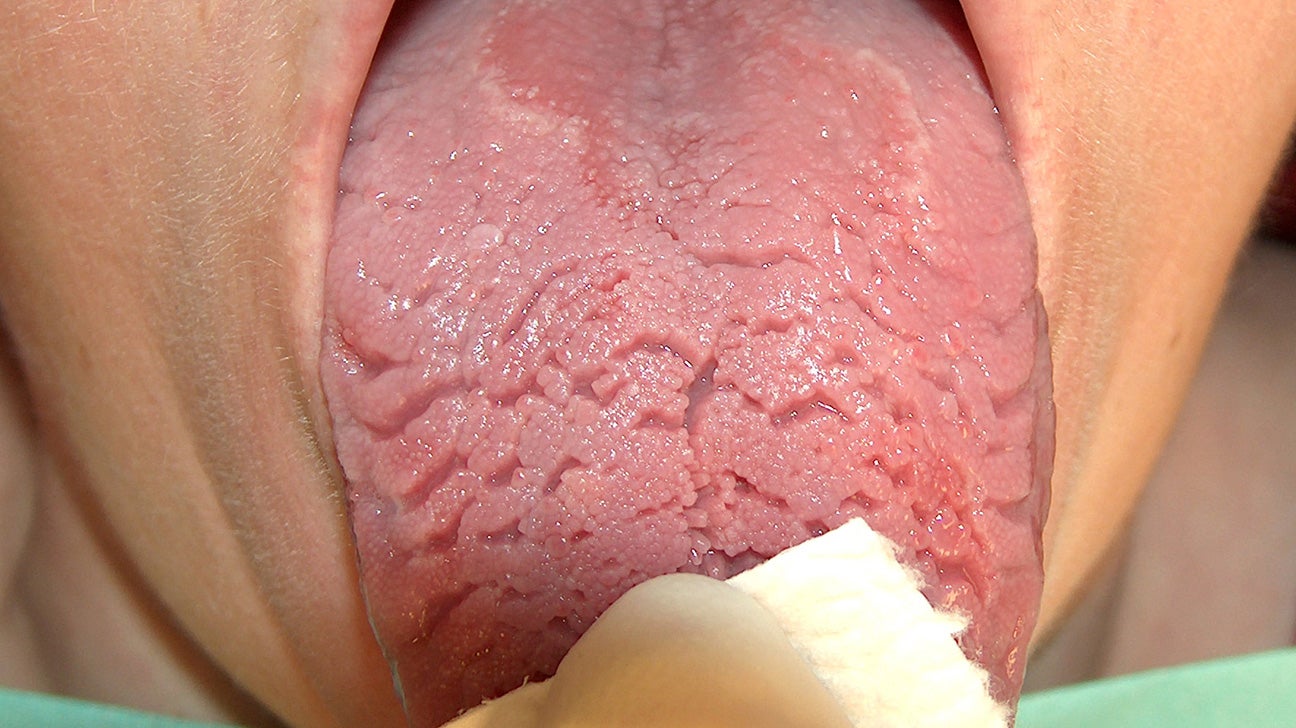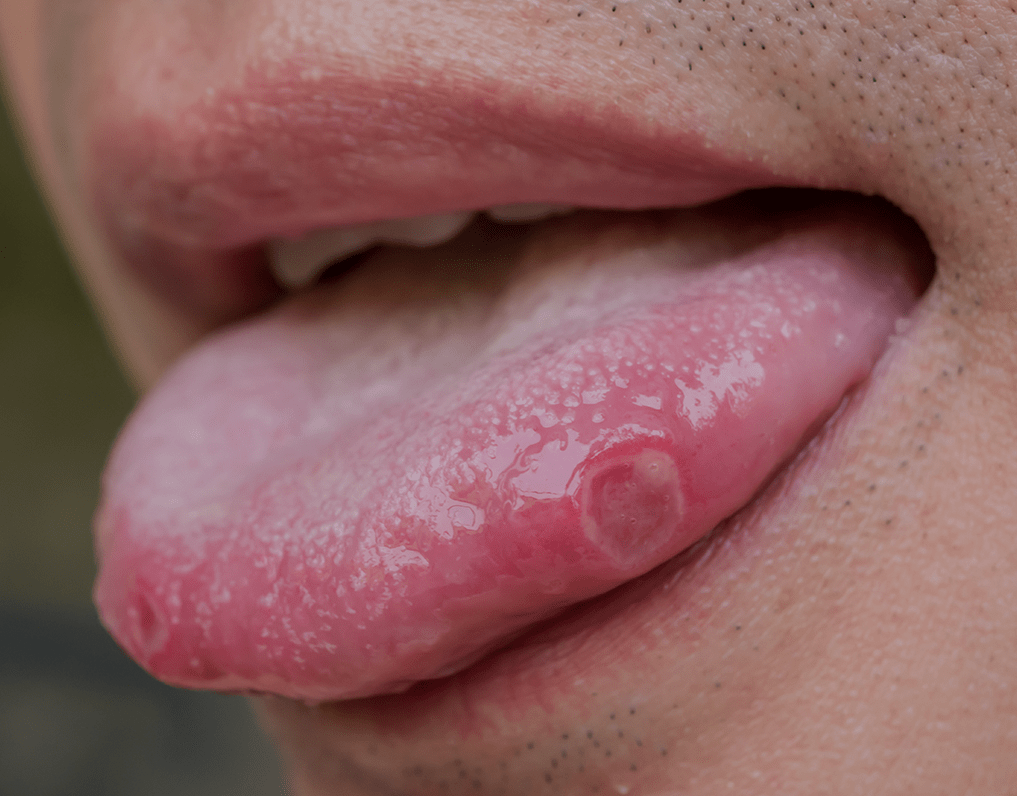The human tongue is more than just an organ for taste. According to medical professionals, its color, texture, and overall appearance can reflect underlying health conditions. While a proper diagnosis should always be conducted by a licensed healthcare provider, certain tongue changes may offer early clues to systemic health issues. This article explores nine tongue-related symptoms and their potential medical significance, as supported by leading health institutions.

1. White Coating on the Tongue: Oral Thrush or Poor Oral Hygiene
A thick white coating on the tongue may indicate oral candidiasis (oral thrush), a common fungal infection caused by Candida albicans. According to the Mayo Clinic, this condition often appears in individuals with weakened immune systems, recent antibiotic use, or those with diabetes. In less severe cases, a white coating may simply be the result of poor oral hygiene or dehydration.
Sources:
-
Mayo Clinic – Oral Thrush
-
Cleveland Clinic – Oral Health Overview
2. Red Tongue with Smooth Surface: Possible Nutritional Deficiencies
A smooth, red tongue — sometimes called a “glossy tongue” — can be linked to deficiencies in iron, folic acid, or vitamin B12. The National Institutes of Health note that such deficiencies may impair red blood cell production, leading to anemia and causing the tongue to become sore or swollen.
Sources:
-
NIH Office of Dietary Supplements – Iron and B12
-
Cleveland Clinic – Anemia Symptoms
3. Swollen Tongue with Indentations: Potential Hypothyroidism
A swollen tongue with scalloped edges (indentations from the teeth) may be associated with hypothyroidism, a condition where the thyroid gland does not produce enough hormones. This symptom can be accompanied by fatigue, cold intolerance, and weight gain, according to the American Thyroid Association.
Sources:
-
American Thyroid Association – Hypothyroidism Overview
-
Cleveland Clinic – Thyroid Disease Symptoms
4. Bright Red or “Strawberry” Tongue: May Indicate Kawasaki Disease or Scarlet Fever
A bright red tongue resembling a strawberry may be a symptom of Kawasaki disease, primarily affecting children, or scarlet fever, which results from a strep infection. Both conditions require prompt medical attention. The Centers for Disease Control and Prevention (CDC) advises that additional symptoms such as high fever, rash, or swollen lymph nodes are key indicators.
Sources:
-
CDC – Scarlet Fever
-
American Academy of Pediatrics – Kawasaki Disease
5. Purple or Bluish Tongue: Possible Circulatory or Heart Condition
A tongue that appears purple or bluish in color may be due to poor circulation or low oxygen levels in the blood. According to Johns Hopkins Medicine, this can be a sign of cardiovascular or respiratory conditions such as chronic bronchitis, heart failure, or peripheral artery disease.
Sources:
-
Johns Hopkins Medicine – Cyanosis
-
American Heart Association – Heart Disease Signs
6. Pale Tongue: Potential Indicator of Anemia
A pale tongue, especially when combined with fatigue and dizziness, may signal iron-deficiency anemia. This condition results in a reduced number of red blood cells and can be confirmed by a simple blood test. The Cleveland Clinic states that people with anemia may also experience shortness of breath and cold hands or feet.
Sources:
-
Cleveland Clinic – Anemia
-
NIH – Iron Deficiency
7. Cracks or Fissures on the Tongue: Usually Harmless, but May Indicate Dehydration
A tongue with grooves or cracks is referred to as a fissured tongue. In most cases, this condition is harmless and may be hereditary, according to the American Academy of Oral Medicine. However, it may sometimes be linked to dehydration, vitamin B deficiencies, or Sjögren’s syndrome, an autoimmune disorder that affects moisture-producing glands.
Sources:
-
American Academy of Oral Medicine – Fissured Tongue
-
NIH – Sjögren’s Syndrome
8. Yellow Coating on the Tongue: Poor Oral Hygiene or Dry Mouth
A yellow coating on the tongue may result from bacterial overgrowth, typically due to poor oral hygiene, smoking, or dry mouth (xerostomia). The Mayo Clinic notes that this is generally harmless and can be resolved by improving dental care habits. However, persistent discoloration may warrant a dental check-up.
Sources:
-
Mayo Clinic – Tongue Discoloration
-
American Dental Association – Oral Hygiene Tips
9. Sores or Ulcers on the Tongue: Check for Infection or Immune Response
Painful sores or ulcers on the tongue can occur due to a range of causes, including canker sores, viral infections, or even autoimmune conditions like lupus. If ulcers persist for more than two weeks, the American Dental Association recommends seeing a dentist or doctor, as they can also be early signs of oral cancer in rare cases.
Sources:
-
American Dental Association – Mouth Sores
-
National Cancer Institute – Oral Cancer Symptoms
When to See a Doctor
While some changes in tongue appearance may be benign or temporary, others could be early indicators of underlying health problems. If you notice:
-
Persistent discoloration
-
Painful sores
-
Swelling
-
Sudden changes in texture or shape
…you should consult a healthcare provider for proper diagnosis and treatment.
Final Thoughts
Your tongue is a visible indicator of your internal health. By paying attention to its color, texture, and overall appearance — and consulting with medical professionals when something seems unusual — you can often catch health issues early. Routine dental visits, a balanced diet, and staying hydrated are important steps in maintaining both oral and systemic health.
For more information, consult reputable sources such as:
-
www.mayoclinic.org
-
www.cdc.gov
-
www.nih.gov
-
www.clevelandclinic.org

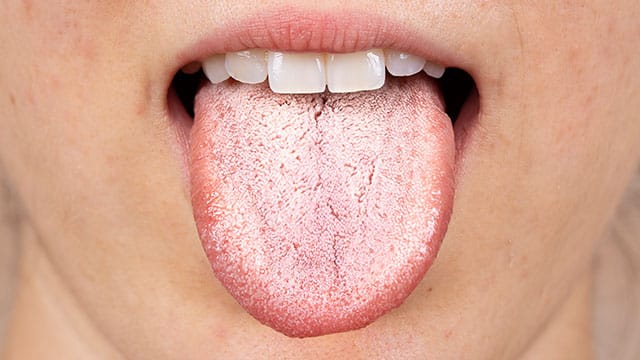
:max_bytes(150000):strip_icc()/GettyImages-1221374278-9742318719a048eea1bf1cdaa01fa946.jpg)
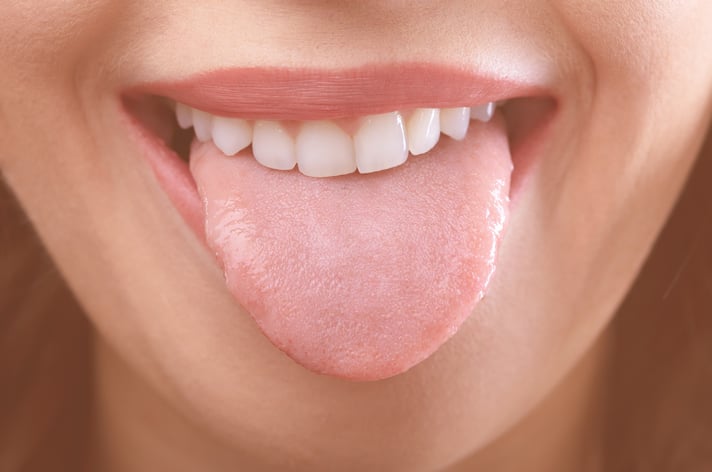
:max_bytes(150000):strip_icc()/GettyImages-1279282665-c79801c42a3b48768a62dff13edddcfe.jpg)
